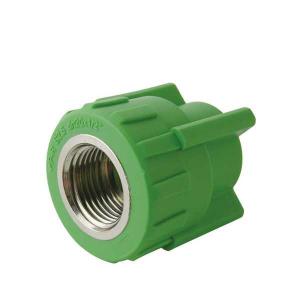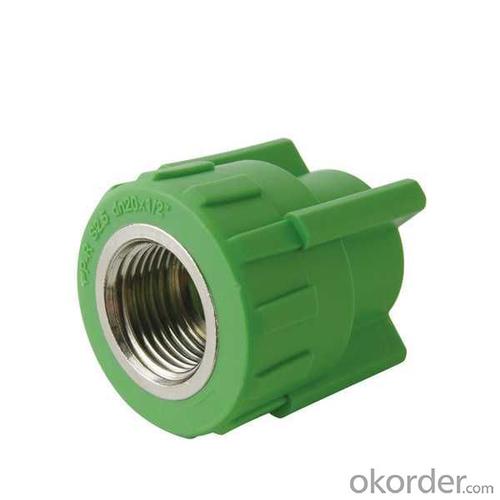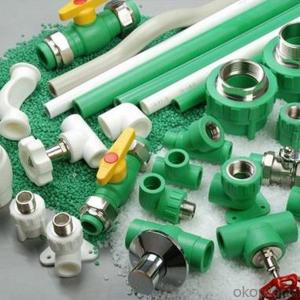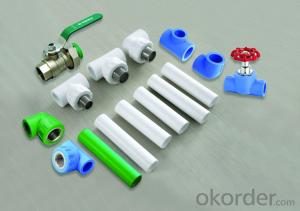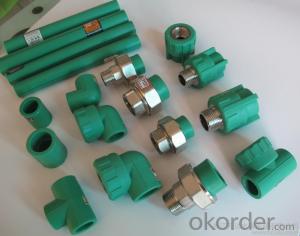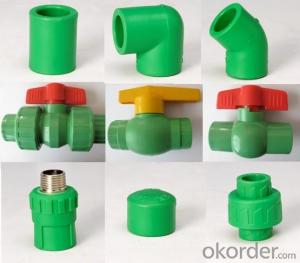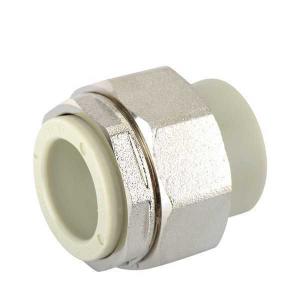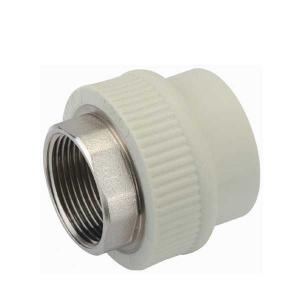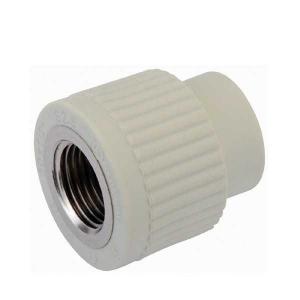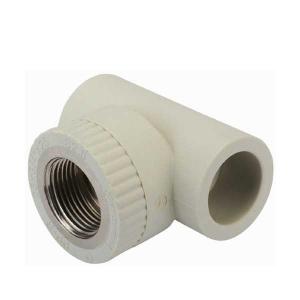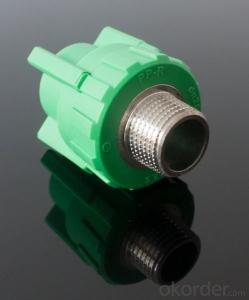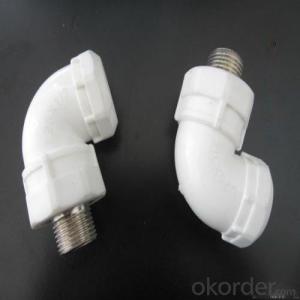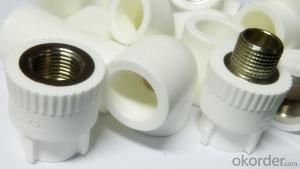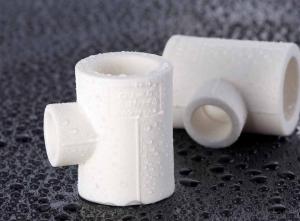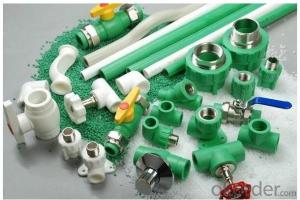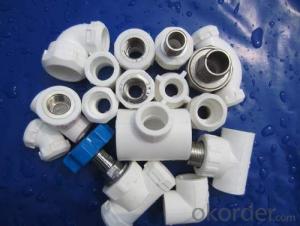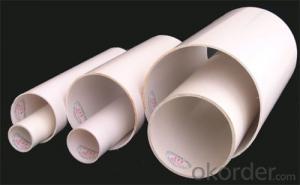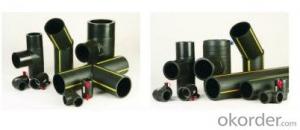High Quality Female Threaded Plastic Waste Pipe and Fittings Coupling
- Loading Port:
- Ningbo
- Payment Terms:
- TT or LC
- Min Order Qty:
- 1000 watt
- Supply Capability:
- 100000 watt/month
OKorder Service Pledge
Quality Product, Order Online Tracking, Timely Delivery
OKorder Financial Service
Credit Rating, Credit Services, Credit Purchasing
You Might Also Like
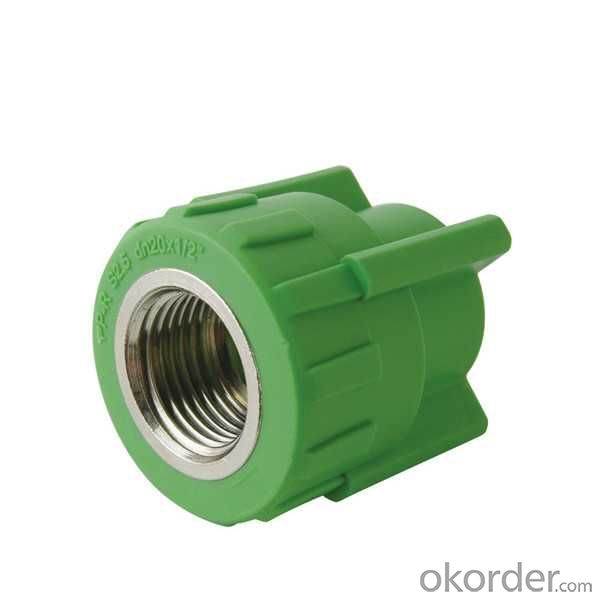 ppr fittings HYOSUNG PPR raw materials standard:DIN8077-8078 GB/T18742.3-2002 PN25 White grey green color
ppr fittings HYOSUNG PPR raw materials standard:DIN8077-8078 GB/T18742.3-2002 PN25 White grey green color
1.Material:Random Polypropylene(Hyosung R200P);
2.ISO9001&ISO14001;
3.Standard:GB/T 18742.3-2002, DIN8077/8078;
4.OEM also ok
- Q: What are the characteristics, properties and uses of PVC plastics?
- PVC material, that is PVC, is one of the largest plastic products in the world. It is cheap and widely used. PVC resin is white or light yellow powder. Different additives can be added according to different uses, and polyvinyl chloride plastics can exhibit different physical and mechanical properties. A variety of hard, soft and transparent products can be made by adding proper amount of plasticizer in PVC resin.
- Q: How do plastic pipe fittings compare to fiberglass fittings?
- Plastic pipe fittings are generally more affordable and readily available compared to fiberglass fittings. However, fiberglass fittings offer superior strength, durability, and resistance to corrosion and chemicals. They are also lightweight and have better thermal insulation properties. Ultimately, the choice between plastic and fiberglass fittings depends on the specific requirements and intended use of the fittings.
- Q: Are plastic pipe fittings resistant to rodent damage?
- Yes, plastic pipe fittings are generally resistant to rodent damage. Unlike materials such as wood or rubber, plastic is not appealing to rodents as it does not provide them with a food source. Additionally, plastic is not easily chewable or destructible by rodents, making it a reliable choice for protecting pipe fittings from rodent damage.
- Q: What are the potential drawbacks of using plastic pipe fittings?
- Some potential drawbacks of using plastic pipe fittings include the risk of degradation over time due to exposure to sunlight or certain chemicals, lower temperature and pressure resistance compared to metal fittings, and the potential for leaks or failures if not installed properly or if the fittings become damaged. Additionally, plastic pipe fittings may not be as aesthetically pleasing as metal fittings and can be more challenging to paint or modify.
- Q: Can plastic pipe fittings be used for stormwater management systems?
- Yes, plastic pipe fittings can be used for stormwater management systems. Plastic pipe fittings are commonly used in these systems due to their durability, corrosion resistance, and ease of installation. They are also cost-effective and can withstand the harsh weather conditions and varying water flow rates associated with stormwater management.
- Q: Are plastic pipe fittings resistant to fungal and bacterial growth?
- Yes, plastic pipe fittings are generally resistant to fungal and bacterial growth. Plastic materials such as PVC (polyvinyl chloride) or CPVC (chlorinated polyvinyl chloride) used in pipe fittings are inherently resistant to the growth of fungi and bacteria. Additionally, plastic fittings are non-porous and provide a smooth surface that discourages the accumulation of organic matter, making them less susceptible to microbial growth compared to other materials like metal. However, it is important to note that proper maintenance, regular cleaning, and adherence to recommended usage guidelines are crucial to maintain the microbial resistance of plastic pipe fittings.
- Q: Can plastic pipe fittings be used for CO2 capture systems?
- Yes, plastic pipe fittings can be used for CO2 capture systems. Plastic pipes and fittings are commonly used in various industrial applications, including CO2 capture systems. They offer advantages such as corrosion resistance, ease of installation, and cost-effectiveness. However, it is important to ensure that the plastic material chosen is compatible with CO2 and can withstand the relevant pressure and temperature conditions in the system.
- Q: How do you connect plastic pipe fittings to HDPE pipes?
- To connect plastic pipe fittings to HDPE pipes, you typically use a method called butt fusion. This involves heating the ends of both the fittings and the HDPE pipe until they reach a melting point. Once melted, the ends are pressed together and allowed to cool, creating a strong, leak-proof connection.
- Q: Are plastic pipe fittings compatible with push-fit connections?
- Yes, plastic pipe fittings are generally compatible with push-fit connections. Push-fit fittings are designed to be used with various pipe materials, including plastic pipes such as PVC or CPVC. They provide a secure and leak-free connection without the need for tools or soldering.
- Q: Can plastic pipe fittings be used in irrigation drip systems?
- Yes, plastic pipe fittings can be used in irrigation drip systems. Plastic pipe fittings are commonly used in drip irrigation systems due to their durability, affordability, and resistance to corrosion. They provide a reliable and leak-free connection between the main water supply line and the drip tubing, allowing for efficient water distribution to the plants.
Send your message to us
High Quality Female Threaded Plastic Waste Pipe and Fittings Coupling
- Loading Port:
- Ningbo
- Payment Terms:
- TT or LC
- Min Order Qty:
- 1000 watt
- Supply Capability:
- 100000 watt/month
OKorder Service Pledge
Quality Product, Order Online Tracking, Timely Delivery
OKorder Financial Service
Credit Rating, Credit Services, Credit Purchasing
Similar products
Hot products
Hot Searches
Related keywords
